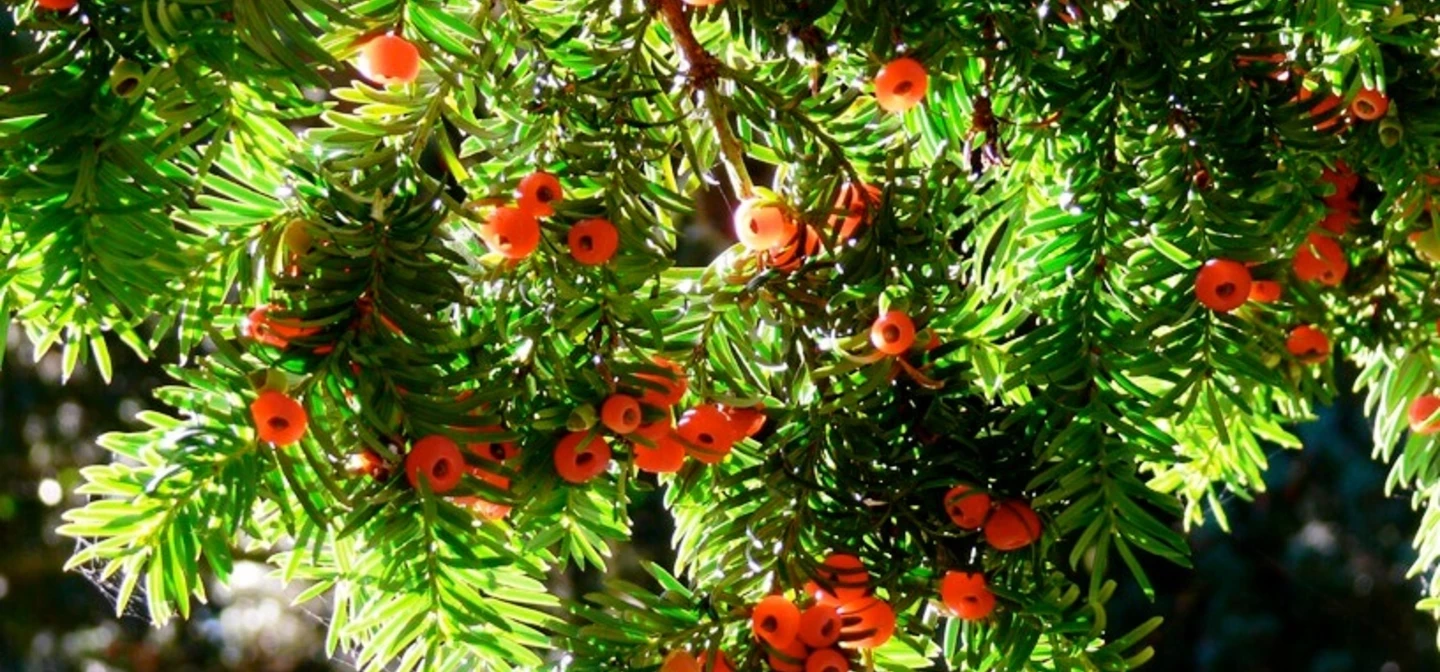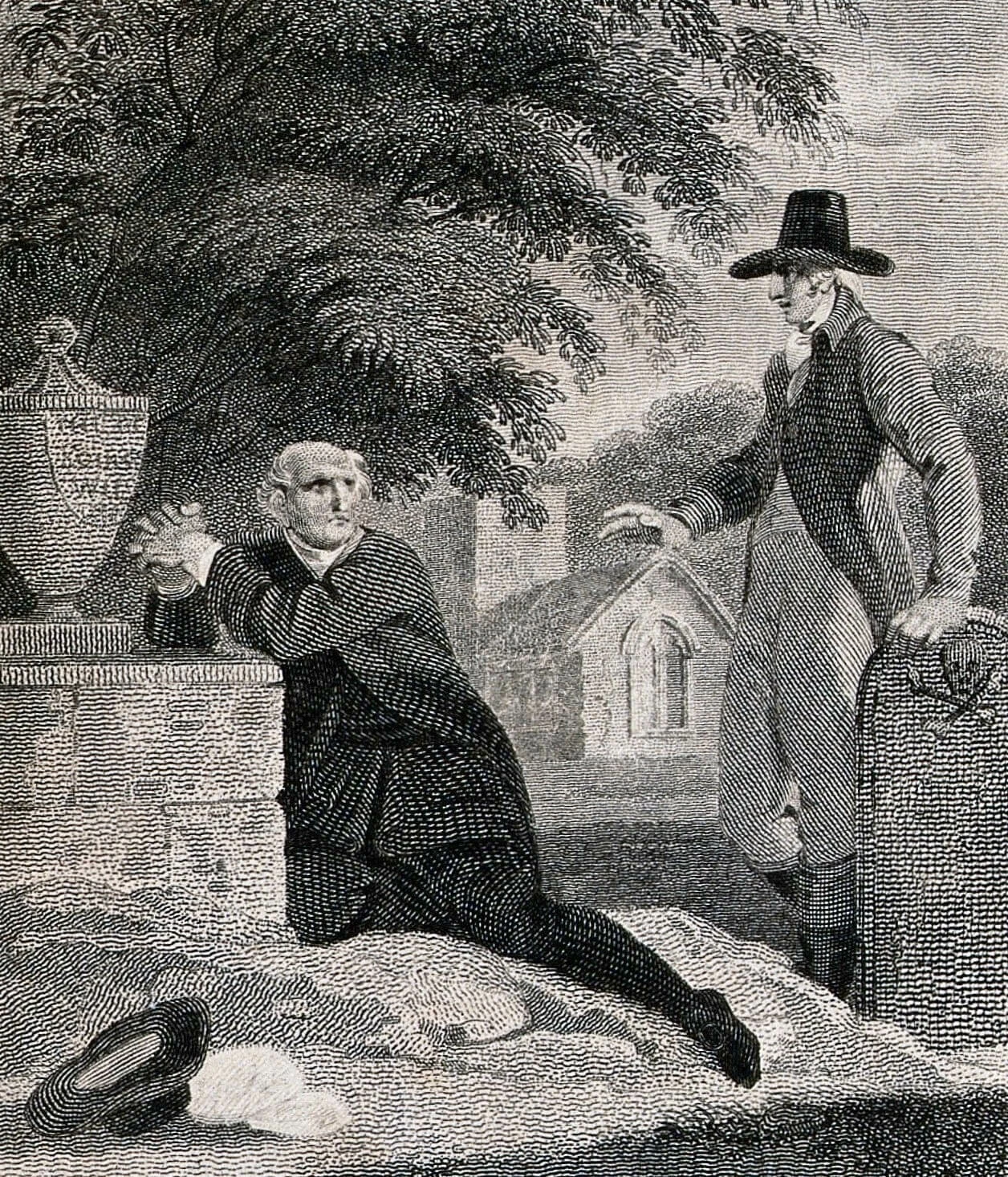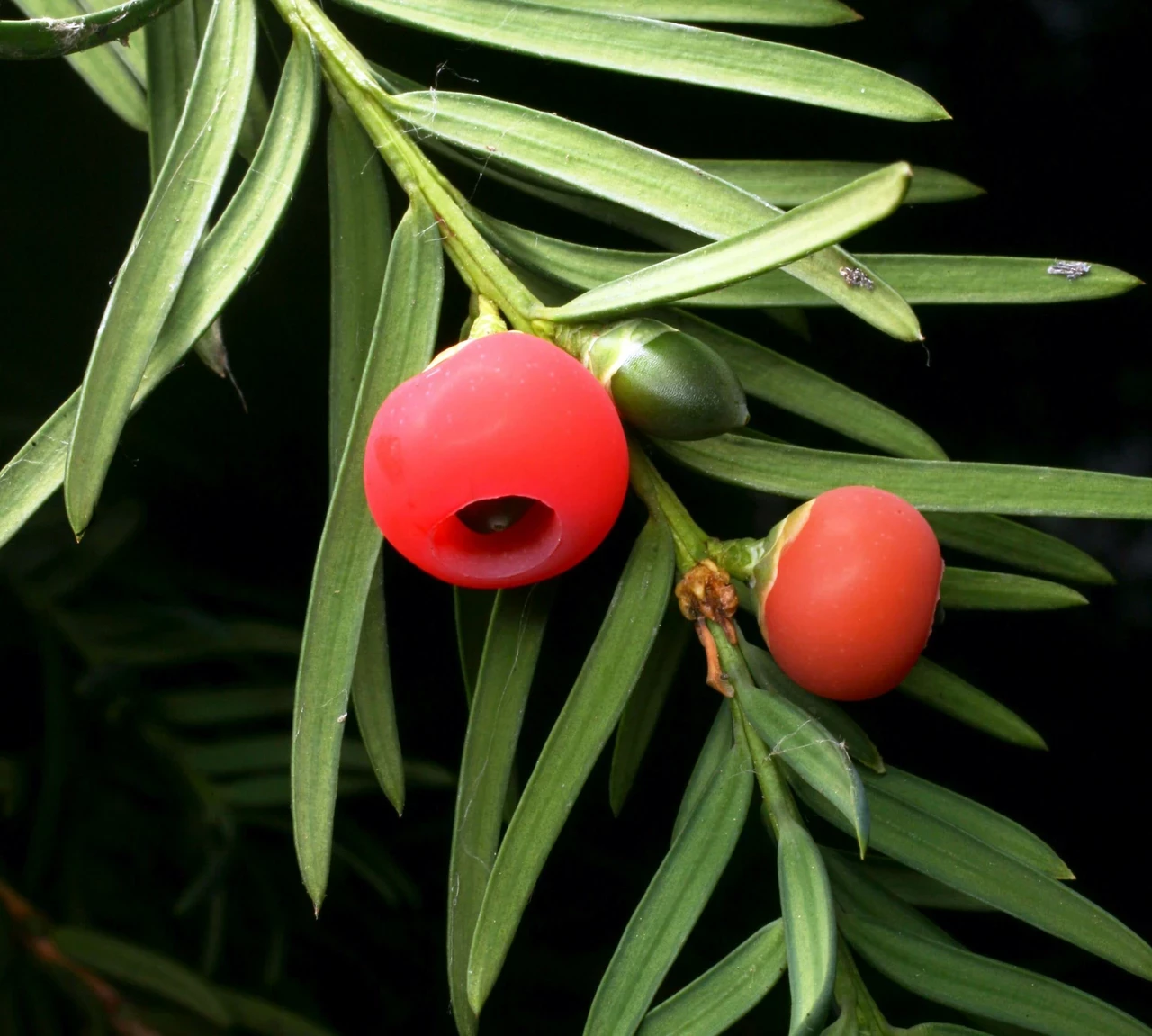
Yew tree (1840s)
A symbol of everlasting life.
Symbol of immortality
Did you know that yew trees can live for thousands of years? This one in Brompton Cemetery is just a baby – it’s only about 200!
The yew’s very long life, and its ability to stay green all year round, has given it a mystical reputation. The trees are a symbol of immortality, and have stood as guardians of graveyards since ancient times. Some believed they marked the gateway to the underworld. Others thought the trees protected plague victims, and even purified the soil the bodies were buried in.

Churchyard yews
Thousands of yews were cut down in the medieval period, to use the strong springy wood to make longbows. It was forbidden to take churchyard yews to make weapons, so they survived the cull.
The yews within graveyard walls were also out of reach of cattle and sheep. That’s just as well, because the trees are very poisonous to people and animals. The red flesh around the seeds is the only part that isn't toxic, and birds love to feast on it in autumn.

Yew trees and funerals
Yew branches were often carried at funerals, and sprigs were tucked into coffins, in the hope of eternal life. But the trees’ presence in so many cemeteries and graveyards has given them a dark and deathly reputation too.
The Scottish poet Robert Blair summed up the yew in his poem called The Grave in 1743.
"Well do I know thee by thy trusty yew.
Cheerless, unsocial plant! that loves to dwell.
Midst skulls and coffins, epitaphs and worms." - Robert Blair
